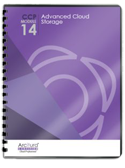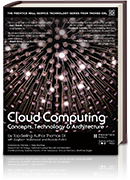Cloud Computing Patterns, Mechanisms > Sharing, Scaling and Elasticity Patterns > Storage Workload Management
Storage Workload Management (Erl, Naserpour)
How can storage processing workloads be dynamically distributed across multiple storage devices?

Problem
When storage-related processing is limited to one cloud storage device, over-utilization can occur, while other storage devices are being under-utilized or not utilized at all, resulting in a non-optimized cloud storage architecture.
Solution
A storage capacity system is provided to distribute runtime workloads between different cloud storage devices, across the network, and to enable LUNs to be divided and managed.
Application
Cloud storage devices are combined into a resource pool from which they are scaled horizontally and in coordination with the use of a storage capacity monitor and LUN migration.
Mechanisms
Audit Monitor, Automated Scaling Listener, Cloud Storage Device, Cloud Usage Monitor, Load Balancer, Logical Network Perimeter
Compound Patterns
Burst In, Burst Out to Private Cloud, Burst Out to Public Cloud, Cloud Authentication, Cloud Balancing, Elastic Environment, Infrastructure-as-a-Service (IaaS), Isolated Trust Boundary, Multitenant Environment, Platform-as-a-Service (PaaS), Private Cloud, Public Cloud, Resilient Environment, Resource Workload Management, Secure Burst Out to Private Cloud/Public Cloud, Software-as-a-Service (SaaS)
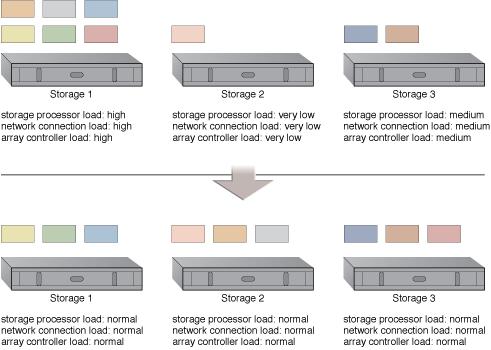
LUNs are dynamically distributed across cloud storage devices, resulting in more even distribution of associated types of workloads.
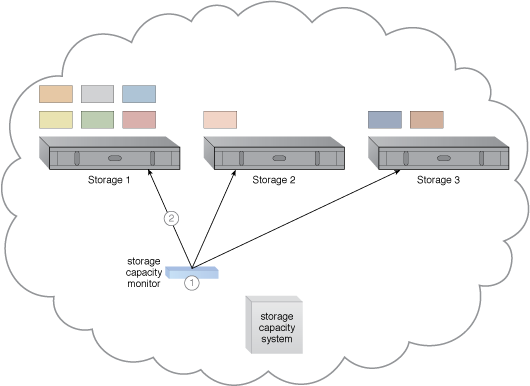
A cloud architecture resulting from the application of the Storage Workload Management pattern (Part I).
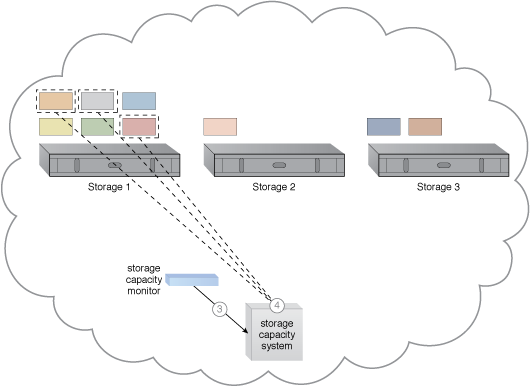
A cloud architecture resulting from the application of the Storage Workload Management pattern (Part II).
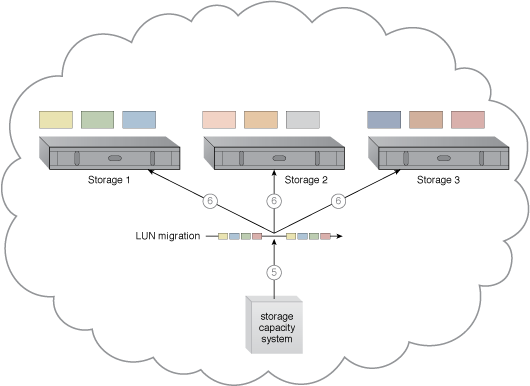
A cloud architecture resulting from the application of the Storage Workload Management pattern (Part III).
NIST Reference Architecture Mapping
This pattern relates to the highlighted parts of the NIST reference architecture, as follows:
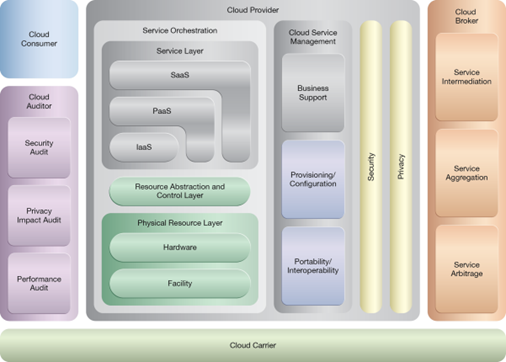
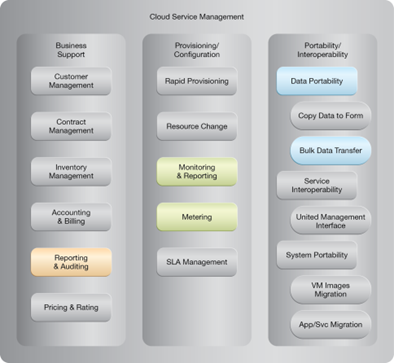
This pattern is covered in CCP Module 5: Advanced Cloud Architecture.
For more information regarding the Cloud Certified Professional (CCP) curriculum, visit www.arcitura.com/ccp.
This pattern is covered in CCP Module 14: Advanced Cloud Storage.
For more information regarding the Cloud Certified Professional (CCP) curriculum, visit www.arcitura.com/ccp.
This cloud computing mechanism is covered in:
Cloud Computing: Concepts, Technology & Architecture by Thomas Erl, Zaigham Mahmood,
Ricardo Puttini
(ISBN: 9780133387520, Hardcover, 260+ Illustrations, 528 pages)
For more information about this book, visit www.arcitura.com/books.

